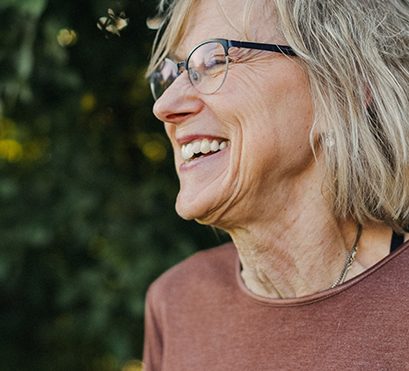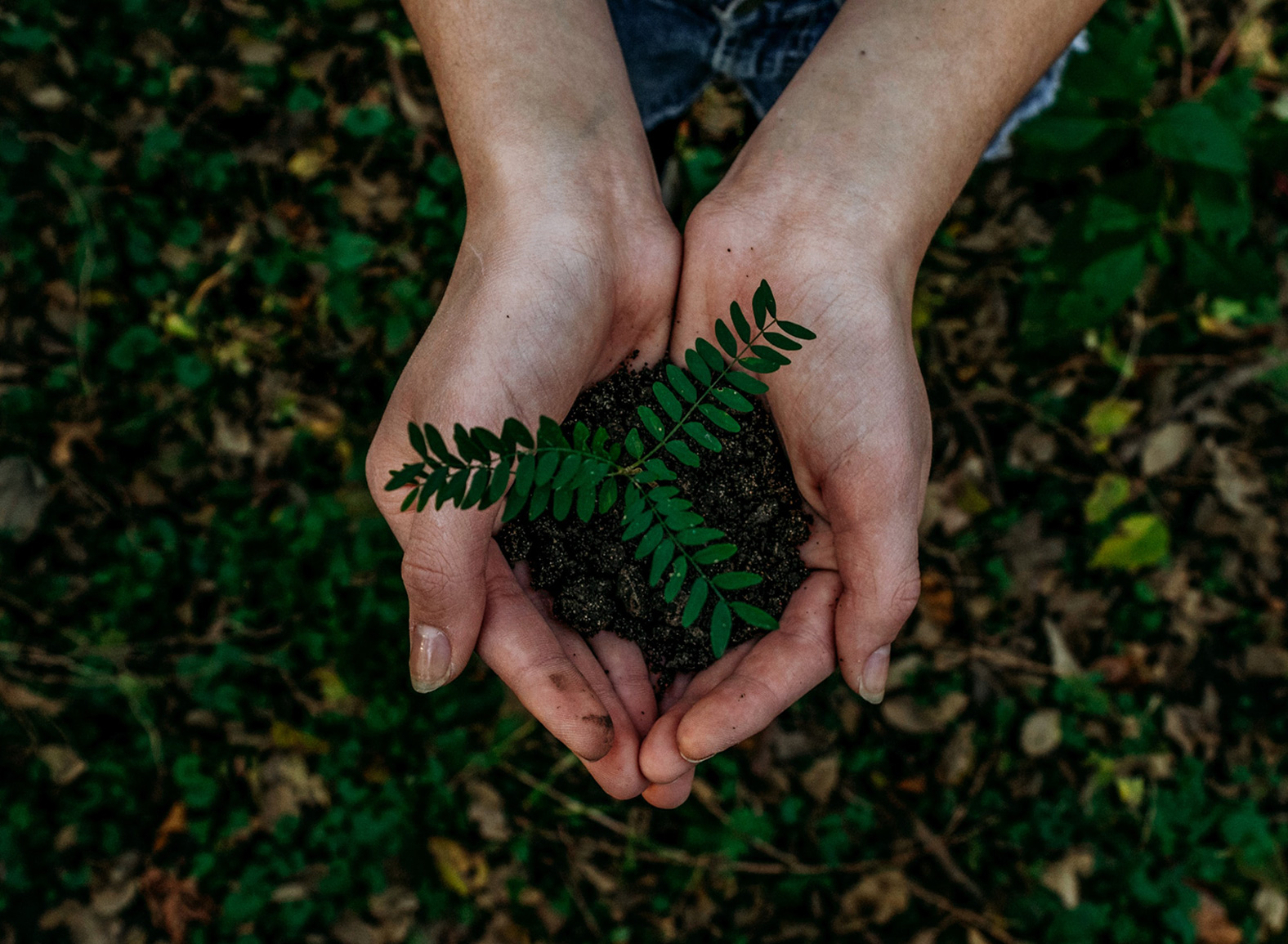Diseases spread by vectors such as ticks and mosquitoes pose significant risks to global health. With the support of a DKK 6 million grant from the Novo Nordisk Foundation Distinguished Innovator programme, Professor John Eriksson and his team at Åbo Akademi University in Finland are addressing the acute need for efficient and ecologically safe insect repellents with their work to develop an innovative bioactive repellent. Professor Eriksson is one of eight Distinguished Innovators appointed this January.
John Eriksson, Professor of Cell Biology at Åbo Akademi University in Turku, Finland, is one of this year’s recipients of the Novo Nordisk Foundation Distinguished Innovator award. The award programme aims to accelerate commercialisation of research discoveries and development of novel technologies within health or sustainability in the Nordic region.
Professor Eriksson’s project is focused specifically on disease prevention, with the grant supporting proof-of-concept and potential commercialisation of his and his team’s discovery of an innovative natural insect repellent, which would reduce the burden on public health systems caused by vector-borne diseases and improve quality of life for communities at risk.
Addressing an acute need
Vector-borne diseases such as malaria, dengue fever, yellow fever, Zika virus fever, tick-borne encephalitis and Lyme disease cause widespread suffering and more than 700,000 deaths across the world annually.1 Many of these diseases are preventable; synthetic repellents have been used for generations to provide protection from insect bites, but with limited effectiveness.
Professor Eriksson’s project aims to address the need for more efficacious and ecologically safe repellents, by conducting comprehensive testing of a compound discovered during another of his innovative research projects.
“In life science research we often stumble across discoveries almost by accident. This is the case with our bioactive repellent,” explains Professor Eriksson.
For the last 10 years, Professor Eriksson’s team – including Preethy Paul and Senthil Kumar – has been working on a cure for Human papillomavirus-driven cancers. Their innovative treatment is based on a compound they discovered in extracts from the natural plant Anisomeles malabarica. While field testing in cows at a veterinary station in India, they observed that the extract containing the active compound also acted as an effective insect repellent. The team found that the plant remnants after extraction of the active compound contained an effective insect repellent for mosquitoes and ticks.
The team went on to identify the compounds in the plant remains. “From our knowledge of medicinal chemistry and from what we have observed, the compounds involved are harmless to people and the environment and they are completely biodegradable. But of course, this needs to be demonstrated in accordance with regulatory assessment procedures,” says Professor Eriksson.
Moving through the ‘valley of death’
However, taking the bioactive repellent from basic science to the next stage of development was beyond the expertise of Professor Eriksson and his team: “We didn’t want this discovery to get wasted. We knew that to get through the ‘valley of death’ – to develop this discovery into a new product – we needed help.”
Following his successful application for the Distinguished Innovator programme, Professor Eriksson says he can now look at this project with optimism.
“With the grant we can continue to develop this product over the next three years with good strategic thinking. Currently, we’re focusing on research and development of the basic concept, and development of the product delivery system.” Mid-way through the project, the team will begin to focus on proceeding to commercialisation.
In addition to the repellent being natural, sustainable and biologically decomposable, a further benefit is that its production follows the principles of circular economy, says Professor Eriksson: “For one batch of the extract to treat HPV cancers, which produces only a few grams of
effective compound, we use 50 to 100 kilos of dried plants. This leaves quite a considerable amount of remains, which can be used to produce the bioactive repellent.”
Shining a light on innovative research
Professor Eriksson is one of eight recipients of the Distinguished Innovator award in January 2024 (see below), all of whom are senior faculty members or researchers with a proven track record within innovation, including experience with establishing patents and spinout companies from academia.
“We always receive many high-quality applications for our programme, and I am delighted that on this occasion eight new Distinguished Innovators have been selected from across Denmark, Sweden and Finland,” says Mikkel Skovborg, Senior Vice President for Innovation at the Novo Nordisk Foundation.
“As scientists we all have an obligation to do something with our research discoveries,” says Professor Eriksson. “The Distinguished Innovator programme provides opportunities and opens doors, by supporting as well as shining a light on innovative research.”
“Being a recipient of this award is a clear sign that our research and our team has reached a certain level of success when it comes to innovation.”
Call for applications
The call for applications for the next round of the Distinguished Innovators programme is now open. Applications must be submitted by 13 March 2024. Click here to apply.
33 Distinguished Innovators
With the eight new grants in January 2024, a total of 33 researchers have now been given the title of Novo Nordisk Foundation Distinguished Innovator since the programme’s inception in 2020:
Jari Hyttinen, Tampere University (2024)
Janine Erler, Biotech Research & Innovation Centre (2024)
Poul Nissen, Aarhus University (2024)
Peter Johannes Holst, University of Copenhagen (2024)
John Eriksson, Abo Akademi University (2024)
Roger Olsson, Lund University (2024)
Jan W Thomsen, University of Copenhagen (2024)
Jens Bukh, University of Copenhagen (2024)
Thomas Lars Andresen, Technical University of Denmark (2023)
Felipe Pereira, Lund University (2023)
Ulf Landegren, Uppsala University (2023)
Morten Otto Alexander Sommer, Technical University of Denmark (2023)
Niels Behrendt, University of Copenhagen and Rigshospitalet (2023)
Risto Ilmoniemi, Aalto University, Espoo (2023)
Samir EL Andaloussi, Karolinska Institute (2023)
Samuel Emil Schmidt, Aalborg University (2023)
Sotirios Kampranis, University of Copenhagen (2023)
Guillermo Montoya, University of Copenhagen (2023)
Ling Ding, Technical University of Denmark (2023)
Karin Lykke-Hartmann, Aarhus University (2023)
Søren Kegnæs, Technical University of Denmark (2023)
Jan Terje Andersen, Oslo University Hospital (2022)
Olli Pentikäinen, Turku University (2022)
Ali Salanti, University of Copenhagen (2022)
Trond Ulven, University of Copenhagen (2021)
Kristian Strømgaard, University of Copenhagen (2021)
Irina Borodina, Technical University of Denmark, Kongens Lyngby (2021)
Anja Boisen, Technical University of Denmark (2021)
Zachary Gerhart-Hines, University of Copenhagen (2020)
Mette Rosenkilde, University of Copenhagen (2020)
Martin Jakobsen, Aarhus University (2020)
Claus Elsborg Olesen, Aarhus University (2020)
Andreas Kjær, Rigshospitalet, Copenhagen (2020)









